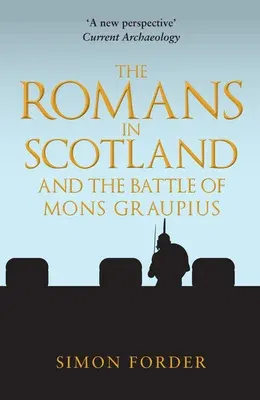New paperback edition--Explore the battle at the edge of the world:
did the Romans defeat 50,000 warriors and if so, where?
In AD 77, Roman forces under Agricola marched into the northern reaches
of Britain to pacify the Caledonian tribesman. For seven years, the
Romans campaigned across what is now Scotland. In AD 83, they fought the
final battle at Mons Graupius, where 10,000 Caledonians were slaughtered
with only 360 Roman dead.
How much of this is true? The climax of the Agricola is the main source,
a near contemporary account of the career of Gnaeus Julius Agricola,
governor of Britannia in the reigns of the Emperors Vespasian, Titus and
Domitian, written by his son-in-law Tacitus. This account of a steady
advance into northern Britain and sudden withdrawal matched closely the
evidence available on the ground, and for many years remained
uncritically accepted. Archaeological investigations carried out
recently at Roman sites in Scotland and northern England have, however,
caused historians to cast a more sceptical eye over Tacitus' account.
Author Simon Forder considers the fine print of the Agricola--together
with the implications of Ptolemy's Geography--and triangulates these
with the very latest archaeological finds to suggest a new narrative,
including a new location for the battle itself. Mons Graupius has
fascinated historians for centuries, not only because of the
uncertainties but also because it marks the withdrawal of Rome from the
north: for the Empire, it is the beginning of the end.

